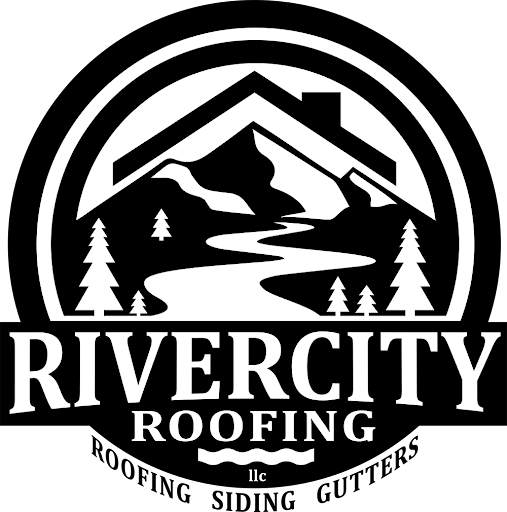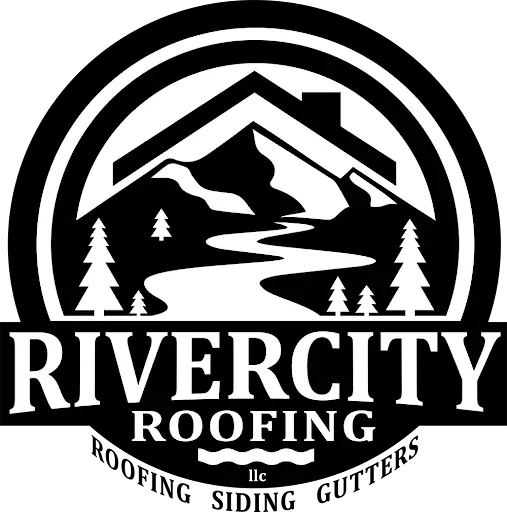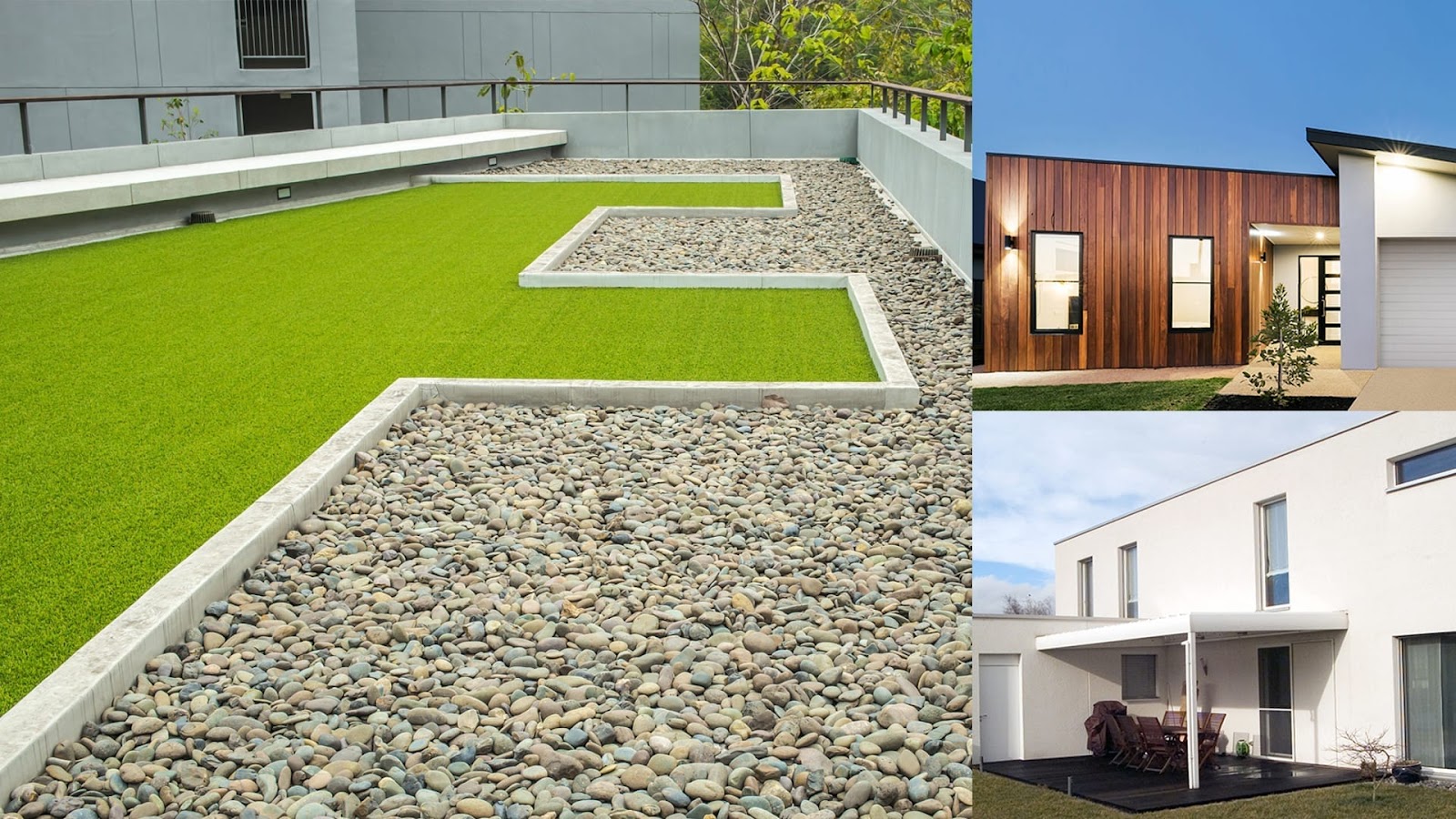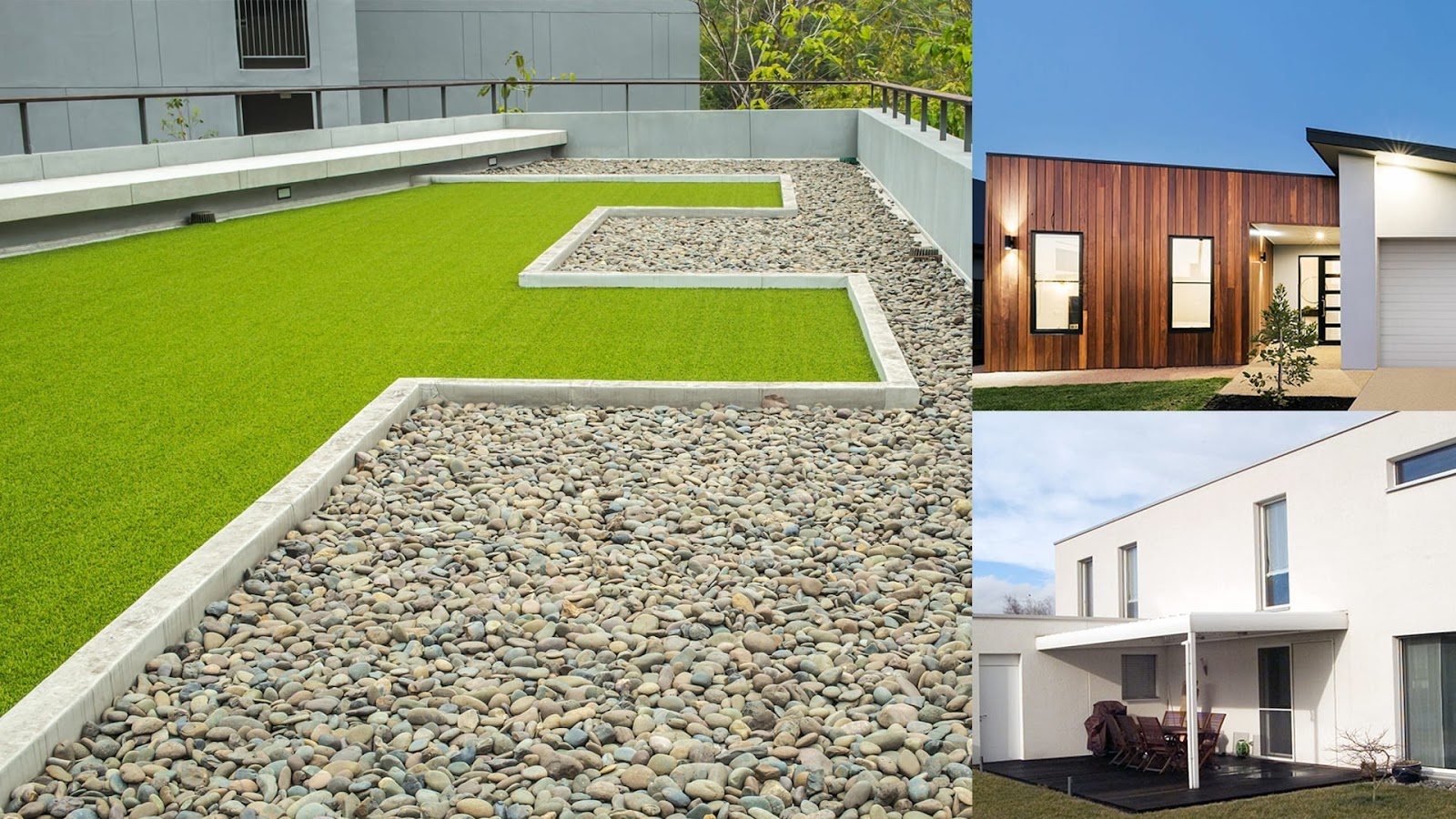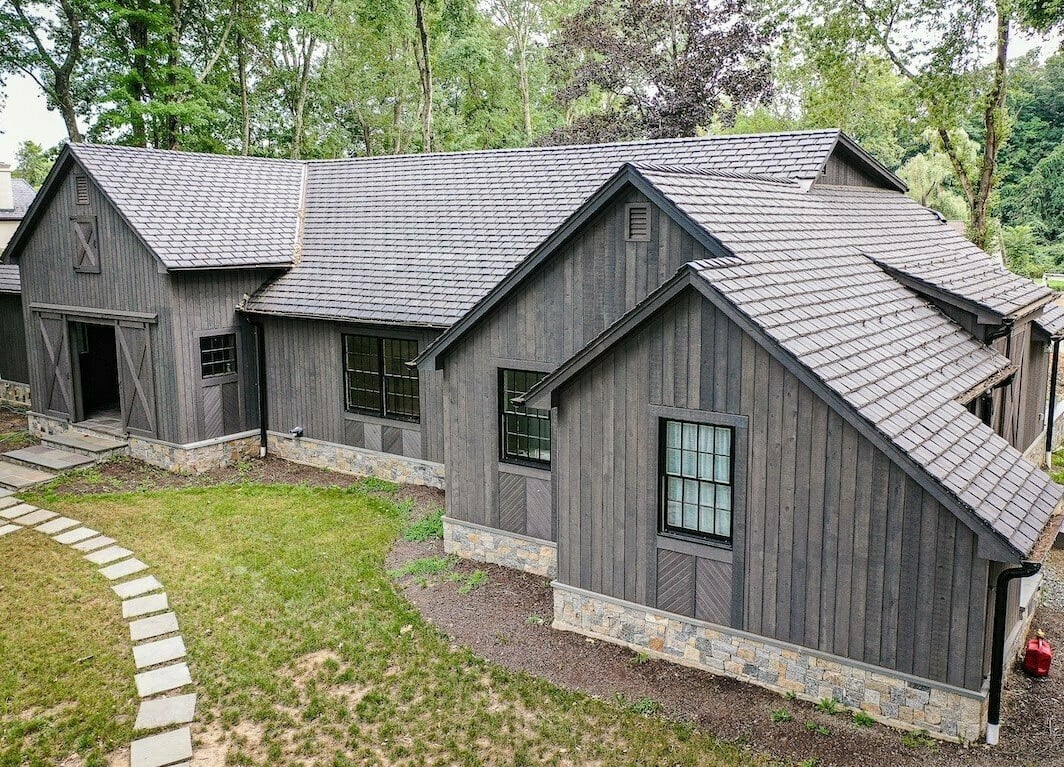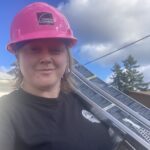Apparently, many homeowners have boosted up on the angled roofing forms that tend to change with their lovely homes. These styles present certain merits and demerits in their own. In fact, both have a long tradition in residential house construction. Flat and pitched roofs can house different demands in function, style, and cost to the homeowners. Knowing how different both flat roofs and pitched roofs are will provide you with a very informative decision. This comparative analysis, therefore, lays open both options for you in understanding which would work best with your preferences, climate, and lifestyle overall.
Flat Roof vs Pitched Roof: Know the Fundamentals
I) Flat Roofs: Modern, Versatile, and Practical
Increasing simplicity and functional versatility have resulted to flat roofs being increasingly popular in modern architecture. It is, however, not literally flat since this roof generally slightly slopes to serve the function of moving water off and preventing pooling and possible water damage. This minimal incline provides access for using quite a number of other functions in addition to turning the house into coverage from weather elements.
Free Roof Inspections. Fast. Reliable.
Is your roof ready to weather the storm? Dont risk property damage. Our free roof inspections provide expert analysis to identify potential issues before they become costly problems.
Benefits of Flat Roofs
1. More Usable Space: Flat roofs usually have additional usable space; that is, they can be fitted into functional spaces like green roof gardens, outdoor patios, or even solar panel installations. The added frame permits more resource use to convert what was otherwise unused space into real-estate recreation or leisure
2. Low Initial Installation Cost: It is common sense that flat roofs will be less costly in terms of materials and labor involved in the installation process when compared to pitched roofs. This will further set them aside as having a practical and modern solution since it brings the greatest advantage to budget-conscious homeowners.
3. Energy Efficiency: Flat roofs can make a big difference in a home’s energy use if insulated properly. Installation of solar panels is made easy, and even better, it helps households reduce their dependence on any non-renewable energy source. This even surface also aids in regulating internal temperatures, which thus results in keeping homes cooler during summer periods and warmer when it’s winter.
4.Easy Maintenance: Flat roofs are much easier to maintain owing to their simple design. Inspections are now much simpler, where one would be able to see and spot any leaks found in cracks or damaged roofing membranes
Disadvantages of Flat Roofs
1. Drainage Problems: Probably the most serious disadvantage among flat roofs has to be reliance on their drainage systems. Liquid can pool and eventually lead to leaks and structural damage if not managed well. Maintenance can be done regularly to avoid this outcome altogether.
2. Aesthetic Drawbacks: Even though many modern houses adopt a very slick and sleek appeal across their flat roofs, they often do not fit at all with older or more traditional architecture. In this case, flat roofs might clash with a home’s overall design, leading to poor curb appeal
Pitched Roofs: Creating Protected Spaces that are Immortal and Durable
Pitched roofs have been a fixture in residential houses for centuries, sturdy as oaks, their lines creating elegant reliefs against any sky, and nuanced enough to stand up to the various conditions of the weather. They possess a distinct slope that allows rain, snow, and debris easily to slide and fall off. Some popular roof designs include gable, hip, mansard, and shed roofs; the options are almost unlimited for the homeowner.
Pitched Roof
Advantages of Pitched Roof
1. Better Drainage: As a rule, pitched roofs have been designed for rain or snow effective water runoff. Therefore, they do not hold water and otherwise allow for reduced leak risk and water damage. Most areas around the world subjected to these climates have pitched roofs.
2. Different Styles: A good pitched roof provides a modern setup for any style of home since, with pitched roofs, homeowners can have several options when considering the architectural styles that they want to have on top of their homes. Complements and harmonizes with modern and traditional architecture.
3. They are Very Durable: Pitched roofs are exceptionally high in durability because they can resist any extreme weather, such as strong wind, heavy snow, or extreme heat. Therefore, under an excellent maintenance plan, they can last decades and give long time protection and value.
4. Good Ventilation: The sloping structure is favorable for airflow inside the space in the attic area, thus helping to avoid many problems like mold, mildew, and condensation. Ventilation will also have a healthier indoor environment and a more comfortable living space.
Disadvantages of Pitched Roofs
1. They are costlier to install: Designing and constructing a pitched roof is complicated, and as a result, they become costlier as there is a higher use of materials and labor. This is usually an important factor for a tight-budget homeowner.
2. Maintenance requirement: Although durable, pitched roofs still need to have periodic inspections and maintenance to keep shingles, flashing, gutters, and other components in good condition. This could increase the cost of maintenance over the years, especially for houses in regions with severe weather conditions
Factors to Weigh When Choosing Flat Roofs or Pitched Roofs
Price Effectiveness
Generally speaking, flat roofs require little initial capital for installation because they are easier and less resource-consuming to construct. On the other hand, additional investments might be required in drainage systems and for long-term maintenance. Compared to pitched roofs, flat ones might be more expensive during initial installation but will last longer and not require so much in terms of drainage during its lifetime. Flat roofs might look good for immediate affordability for a homeowner, but usually, pitched roofs end up being more cost-effective in the longer run for those who look for reliability overall.
Aesthetic Considerations.
Flat roofs are very modern and minimalistic in their look, which suits contemporary architectural designs. Flat roofs can yield that seamless, clean visual that integrates well with modernized urban residential and communal spaces. On the other hand, pitched roofs exude traditional charm and are ideal for colonial or historical-styled homes. Ultimately, it narrows down to an individual’s preference versus the architectural style of his house, whether you want a sleek minimalist aesthetic or a more ageless architectural appeal.
Functionality and usability.
Space utilization is what flat roofs provide because, apart from being spaces for outdoor activities, they can also be designed with solar panels or green roofs. It allows one to construct an outdoor space that becomes functional, used for entertainment or relaxation purposes. Pitched roofs do not allow as much functional extension as rooftop gardens or broad outdoor decks—in that they will provide an attic but not open space. Flat roofs are somewhat better for maximizing these spaces for people concerned with the maximization of usable space.
Overhead Cover
These are areas wherein flat roofs bring all modernistic feeling and minimalism, which is greatly compatible with contemporary designs. These kinds of roofs make the building’s roof surface look clean and smooth, thus complementing the sleek designs of modern urban homes and their counterparts in commercial spaces. Unlike the pitched roof, which brings tradition and complements classic or historical-designed homes. Whichever you prefer—a design that is sleek, minimalist, or one that leans toward more timeless epic architecture—your choice boils down to preference and the design style of your home.
Functionalization and Usability
Flat roofs do serve multi-purposed spaces where you can hold outdoor events, install solar panels, or create a green roof. With such ability, a homeowner can create usable outdoor spaces for entertaining or relaxing indoors. On the other hand, pitched roofs can offer attic space but may not be very conducive for practical expansions such as rooftop gardens or large outdoor decks. However, for space maximization, flat roofs have a unique advantage.
Whether viewed as spaces for outdoor events, installation or solar panels, or designed with green roofs, flat roofs are spaces in that they allow one to create an outdoor space that becomes functional, used for entertainment or relaxation purposes. An attic space can be provided by pitch roofs but is not the most suitable to extend functionally as rooftop gardens or large outdoor decks. In terms of usability, space maximizer-flat roofs have their own advantage.
Climate and Weather Concerns
Whereas pitched roofs are the roofs of choice for areas where extreme weather such as heavy rainfall, draughts, and high winds occurs, flat roof ones still work effectively in mild climatic conditions. However, pitching low roofs can greatly help mitigate water or debris accumulation, thus saving such roofs from incurring wear and tear damage.
Conclusion
Choosing from flat and pitched roofs boils down to preference, finances, climate, and functionality required. Flat roofs are modern, cheaper, and flexible for any possible utilization of space, while pitched roofs favor durability, aesthetics, and effective weather protection. All things considered, all these facts will guide homeowners toward the best decision that would fit their lives practically as well as emotionally in the long term.
References:
- https://www.iko.com/blog/guide-flat-roof-systems/
- https://www.indeed.com/career-advice/career-development/pitched-roof#:~:text=A%20pitched%20roof%20is%20a,use%20them%20on%20residential%20homes.
